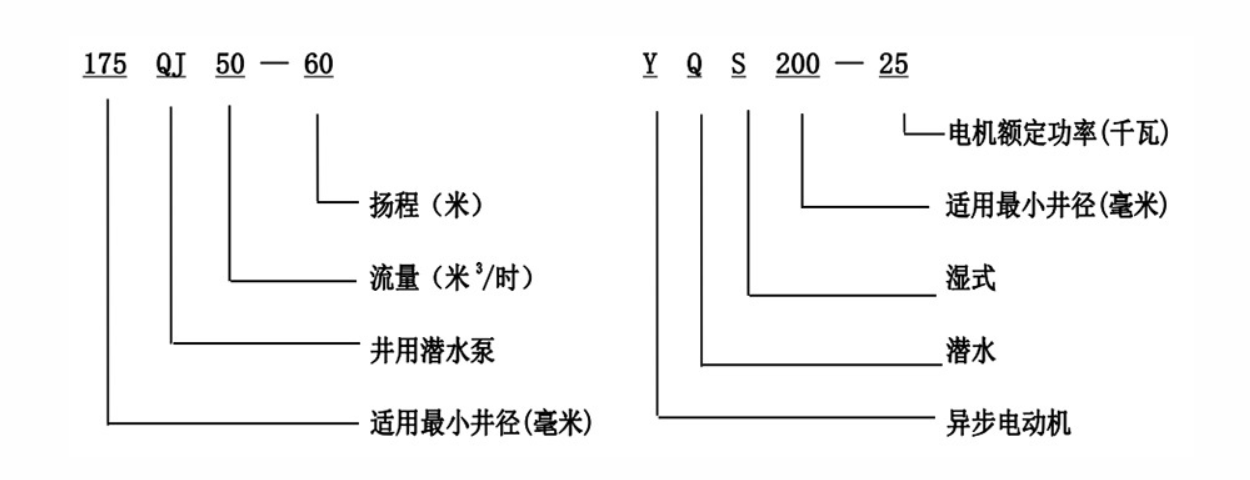Dec . 12, 2024 04:19 Back to list
submersible well pumps
Submersible Well Pumps An In-Depth Overview
Submersible well pumps have become an essential component in the world of water extraction, providing a reliable and efficient solution for drawing water from wells. As the name suggests, these pumps are designed to be submerged in water, allowing for effective pumping in various applications, including residential, agricultural, and industrial settings. Understanding the functionality, advantages, and considerations of submersible well pumps can help users make informed decisions when selecting the right system for their needs.
How Submersible Well Pumps Work
Submersible well pumps are electric pumps that are placed underwater, typically in a well or borehole. They consist of several key components, including a motor, pump bowl assembly, and discharge head. The motor, sealed within a waterproof housing, drives the impellers located in the pump bowl. As the motor spins the impellers, water is drawn into the pump and pushed upwards through the discharge head, making it easily accessible for use.
The design of submersible pumps ensures that they can operate at greater depths compared to other types of pumps. Their ability to withstand high pressures makes them suitable for deep wells, where traditional pumps might struggle. The pumps are typically connected to a control panel located above ground, allowing users to monitor and control their operation from a safer location.
Advantages of Submersible Well Pumps
1. Efficiency Submersible well pumps are highly efficient. They are designed to operate underwater, reducing the chances of cavitation, which is a common issue in other types of pumps. The result is lower energy consumption and reduced operating costs.
2. Quiet Operation Because the motor is submerged, noise levels are significantly reduced. This is particularly beneficial for residential areas where noise pollution may be a concern.
3. Durability These pumps are built to endure harsh conditions, including exposure to water, which has an inherent ability to cool the motor. As a result, submersible pumps tend to have a longer operational life compared to surface pumps.
4. Space-Saving Design Since submersible pumps are installed below the water surface, they require less above-ground space. This is a practical advantage for users with limited land availability.
submersible well pumps

5. Versatility Submersible well pumps are suitable for various applications, including irrigation, municipal water supply, and even in geothermal systems for heating and cooling.
Considerations When Choosing a Submersible Well Pump
While submersible well pumps offer numerous advantages, there are several factors to consider before making a purchase
1. Well Depth Assessing the depth of the well is crucial. Different pumps have varying lifting capabilities, and selecting the right pump that matches the depth will ensure efficient operation.
2. Flow Rate Determine the required flow rate based on your water usage needs. Pumps are rated by their capacity to deliver a certain volume of water per minute, so it is important to choose one that can meet your demand.
3. Water Quality The quality of the water being pumped can impact pump selection. If the water contains sand or sediments, it may require a pump designed to handle abrasive materials to prevent damage.
4. Power Supply Depending on the installation location, the availability of a power supply can influence pump choice. Solar-powered options are available for remote areas where electricity is not accessible.
5. Installation and Maintenance Installation can be complex, and professional assistance might be needed. Additionally, regular maintenance checks are essential to ensure longevity and optimal performance.
Conclusion
Submersible well pumps are an effective solution for numerous water extraction needs. Their efficiency, durability, and design make them a popular choice for users across various sectors. By carefully considering factors such as well depth, flow rate, and water quality, users can ensure they select the most suitable pump for their requirements. Investing in the right submersible well pump not only provides immediate benefits in terms of water access but also long-term reliability and cost-effectiveness in water management.
-
Submersible Water Pump: The Efficient 'Power Pioneer' of the Underwater World
NewsJul.01,2025
-
Submersible Pond Pump: The Hidden Guardian of Water Landscape Ecology
NewsJul.01,2025
-
Stainless Well Pump: A Reliable and Durable Pumping Main Force
NewsJul.01,2025
-
Stainless Steel Submersible Pump: An Efficient and Versatile Tool for Underwater Operations
NewsJul.01,2025
-
Deep Well Submersible Pump: An Efficient 'Sucker' of Groundwater Sources
NewsJul.01,2025
-
Deep Water Well Pump: An Efficient 'Sucker' of Groundwater Sources
NewsJul.01,2025
-
 Submersible Water Pump: The Efficient 'Power Pioneer' of the Underwater WorldIn the field of hydraulic equipment, the Submersible Water Pump has become the core equipment for underwater operations and water resource transportation due to its unique design and excellent performance.Detail
Submersible Water Pump: The Efficient 'Power Pioneer' of the Underwater WorldIn the field of hydraulic equipment, the Submersible Water Pump has become the core equipment for underwater operations and water resource transportation due to its unique design and excellent performance.Detail -
 Submersible Pond Pump: The Hidden Guardian of Water Landscape EcologyIn courtyard landscapes, ecological ponds, and even small-scale water conservancy projects, there is a silent yet indispensable equipment - the Submersible Pond Pump.Detail
Submersible Pond Pump: The Hidden Guardian of Water Landscape EcologyIn courtyard landscapes, ecological ponds, and even small-scale water conservancy projects, there is a silent yet indispensable equipment - the Submersible Pond Pump.Detail -
 Stainless Well Pump: A Reliable and Durable Pumping Main ForceIn the field of water resource transportation, Stainless Well Pump has become the core equipment for various pumping scenarios with its excellent performance and reliable quality.Detail
Stainless Well Pump: A Reliable and Durable Pumping Main ForceIn the field of water resource transportation, Stainless Well Pump has become the core equipment for various pumping scenarios with its excellent performance and reliable quality.Detail
